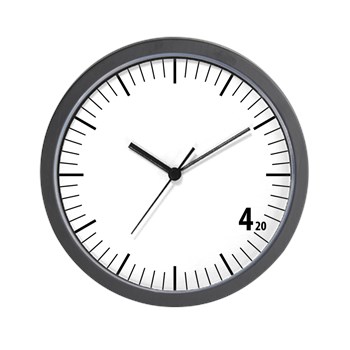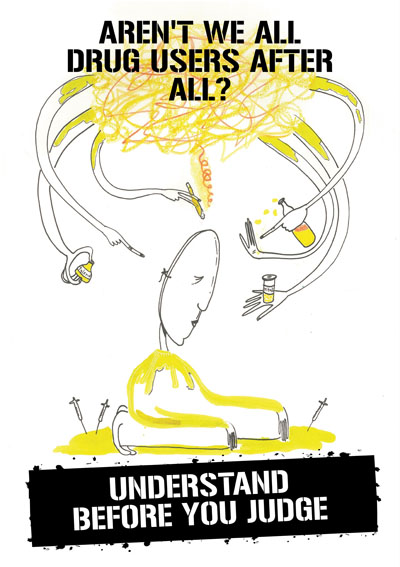Been busy with a number of projects, including a show in Normal, Illinois and another one in Chicago opening the same week. Who knew retirement would be so busy?
Michigan Seeks Science of ‘Drugged Driving’
I always take note when I see someone talking about ‘drugged driving’ because so much of it has been about demonizing marijuana with false comparisons to alcohol, and using essentially a back-door way to punish marijuana users.
At least I appreciated where this lawmaker was coming from (and his sense of humor).
Speaking in an exclusive interview after his bill passed the Michigan House by a landslide vote of 107-1 on Tuesday, Rep. Peter Lucido said “this is the first time a scientific study has been conducted to find the exact limit.”
Lucido, of Shelby Township, says he has no stock in the limit Colorado chose after the state legalized marijuana for recreational purposes.
Colorado’s limit for drivers is 5 nanograms of THC per unit of blood, but Lucido said lawmakers “basically pulled it out of their ass.”
Assuming it actually is a scientific study, I think that Lucido will find that the “exact limit” is impossible to find – it all depends on the individual. Still, a scientifically determined average is at least better than pulling it out of your ass.
Personally, I believe in policing by observing impairment, not by measuring nanograms.
New Report Details Devastating Effects Of Mass Incarceration On The U.S.
No surprises to anyone on the couch – we’ve been talking about this for years. But good to see the White House disseminating this basic information about some of the failures of our criminal justice system.
Feds Agree to Tolerate the Country’s Largest Medical Marijuana Dispensary
The Justice Department, which has been trying to shut down Oakland’s Harborside Health Center, the largest medical marijuana dispensary in the country, since 2012, is backing down. Yesterday Oakland officials, who have supported the dispensary all along, announced that the feds had agreed to let it stay open. […]
Harborside had argued that U.S. Attorney Melinda Haag’s campaign against the dispensary likewise violated the Rohrabacher/Farr amendment, which was first enacted at the end of 2014. Haag, who had made a point of targeting dispensaries despite the DOJ’s policy of tolerating marijuana suppliers who comply with state law, left office last September. […]
Although the details of the deal between Harborside and the DOJ are unclear at this point, it looks like the Obama administration is finally trying to reconcile the actions of federal prosecutors with the DOJ’s policy of forbearance. Steve DeAngelo, the dispensary’s executive director, said the agreement “signals the beginning of the end of federal prohibition.”



